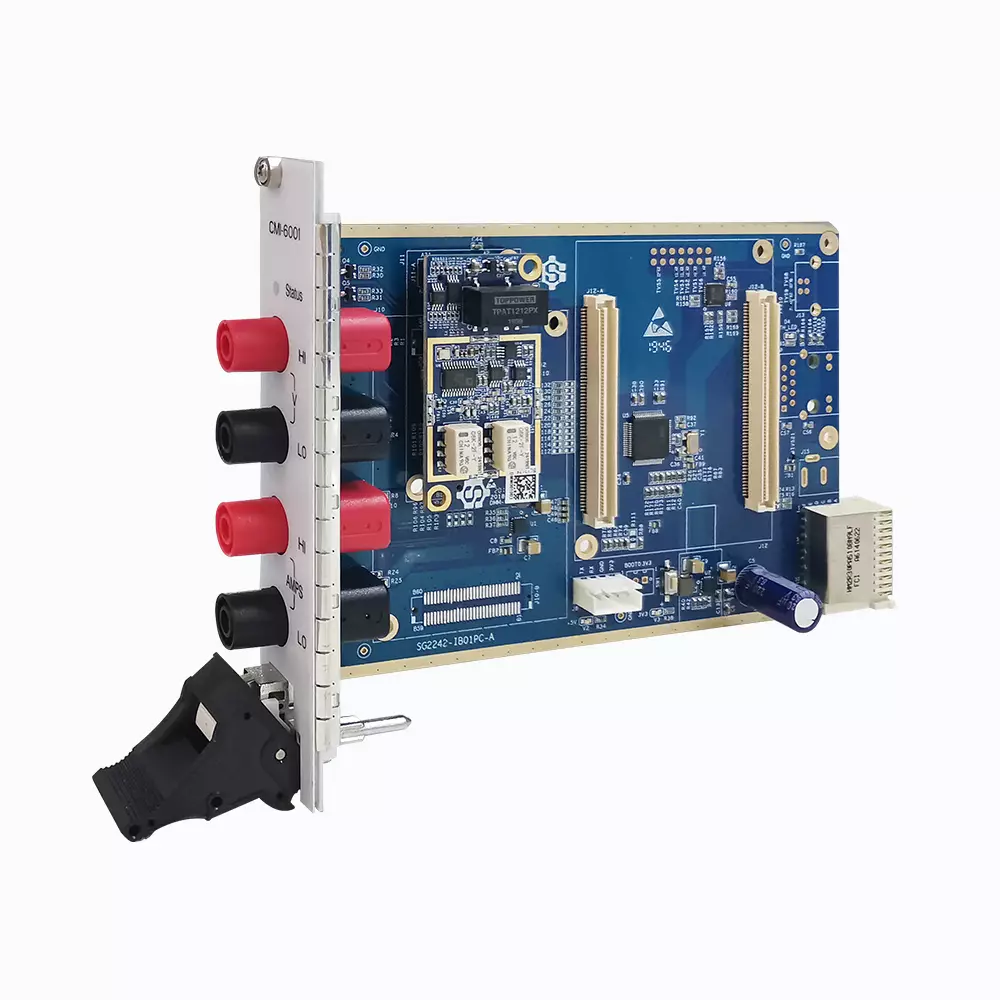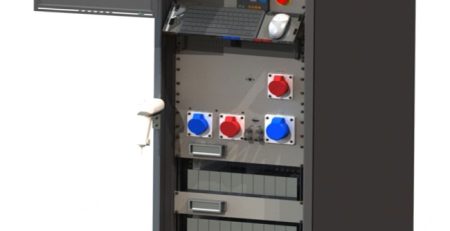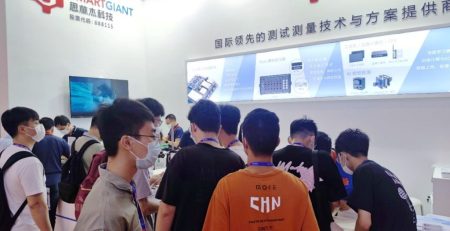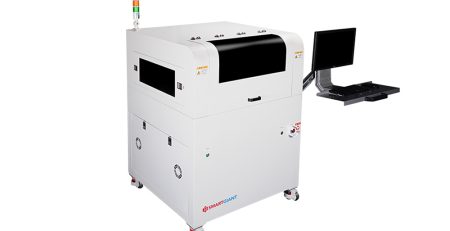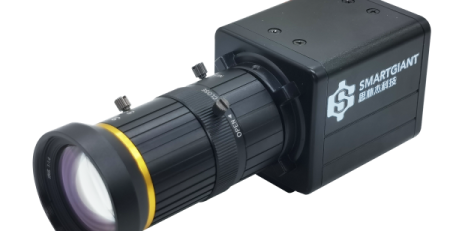The Pros and Cons of FPGA Prototyping and Emulation: Insights from Smartgiant
One area in which Smartgiant excels is in understanding the difference between FPGA prototyping and emulation . Both techniques play crucial roles in the development and testing of hardware designs, particularly when using our DMM Module (Plug-in) within the Nysa Modular Instruments suite. In this article, we will explore these differences and explain how they apply to our state-of-the-art products.
What is FPGA Prototyping?
FPGA prototyping involves creating a functional model of a design using Field Programmable Gate Arrays (FPGAs). This allows engineers to validate their designs early in the product development cycle. The main goal of FPGA prototyping is to quickly test and iterate upon designs in a real-world setting. With our DMM Module, which features a 6½ digit resolution and sampling rate of 250 KSPS, we can achieve high-accuracy measurements of voltage, current, resistance, inductance, and capacitance during the prototyping process. By using FPGA prototyping, we can identify and rectify issues before moving on to more costly production steps, ensuring reliable and efficient designs.
What is FPGA Emulation?
On the other hand, FPGA emulation refers to the use of FPGAs to simulate the behavior of a complete hardware system or specific components in a controlled environment. The aim is to mimic the functionality of the final product closely, allowing for in-depth testing and validation before actual hardware deployment. The difference between FPGA prototyping and emulation lies primarily in their objectives—while prototyping focuses on validating specific design aspects, emulation aims to replicate the entire system’s performance. Our DMM Module aids in this process by providing noise isolation techniques for both power supply and digital I/Os, ensuring accurate readings during emulation tests.
Benefits of Each Approach
Understanding the difference between FPGA prototyping and emulation helps us choose the right approach for a given project. Prototyping offers rapid feedback and is excellent for initial testing phases, whereas emulation provides a comprehensive analysis of system behavior, helping identify potential bottlenecks or integration challenges. At Smartgiant, we leverage both methodologies to enhance our product offerings, ensuring that our clients receive solutions that meet their precise needs.
Conclusion
In conclusion, the difference between FPGA prototyping and emulation is vital for engineers looking to optimize their design processes. At Smartgiant, we utilize both techniques effectively within our Nysa Modular Instruments line, specifically through our DMM Module (Plug-in). As we strive to deliver high-quality, efficient solutions, understanding these concepts allows us to better assist our clients in achieving their engineering goals. By choosing Smartgiant, you partner with a brand dedicated to innovation and excellence in every project.


